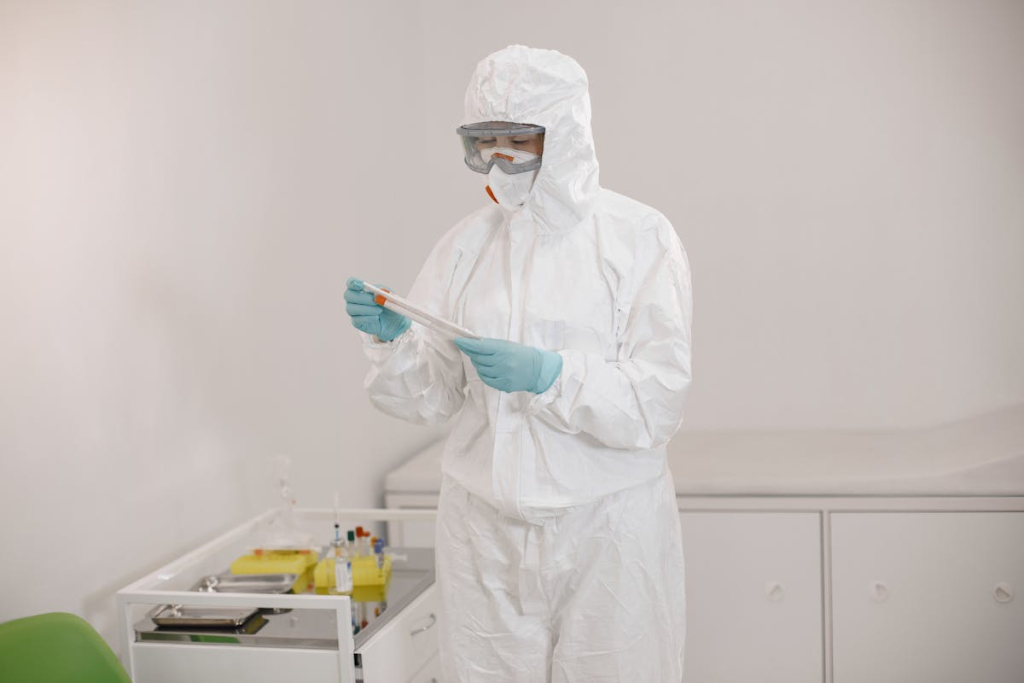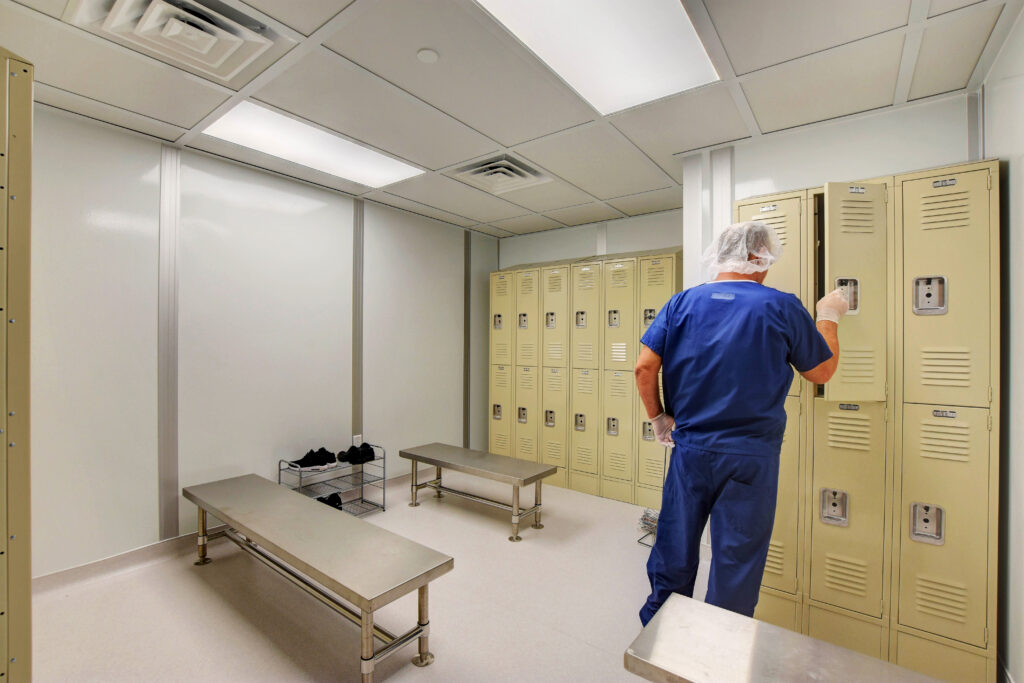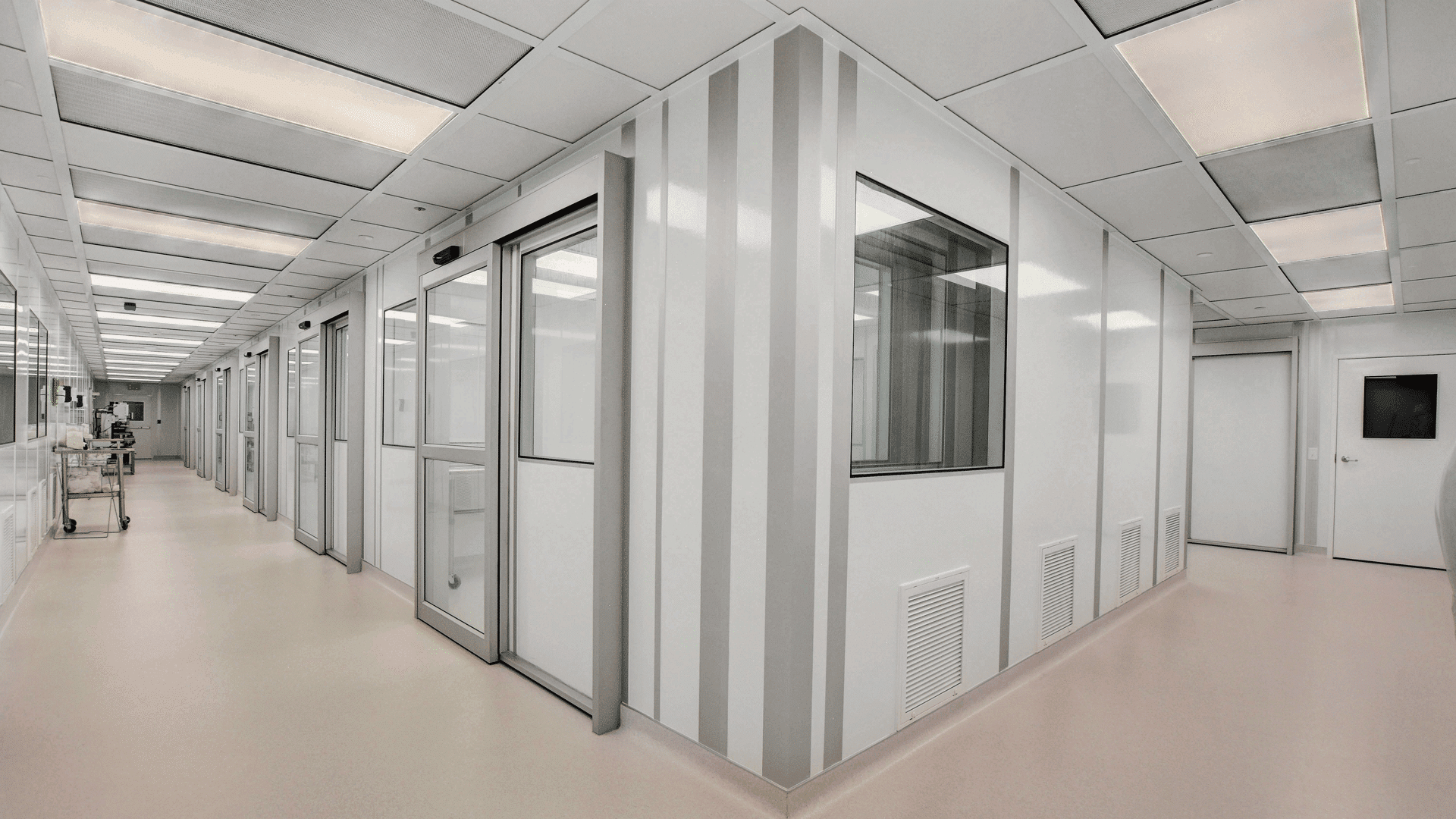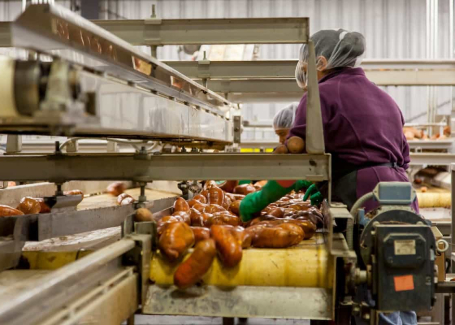The cleanroom passed all its checks. Air pressure held steady, the filters were clean, and every surface looked spotless. Still, the most recent batch didn’t make it.
Later, they figured out what went wrong. One person hadn’t put on their gown properly. It wasn’t a huge mistake, maybe a loose glove, or a hood not pulled down all the way. But that was all that was needed. A few small particles made their way into the room, and the batch had to be thrown out.
Unfortunately, it doesn’t take much to contaminate a space.
In this article, we’ll cover why cleanroom gowning is important, what attire is appropriate in different ISO classes, some gowning protocols, and more.
Why Is Cleanroom Gowning Important?

People shed particles constantly. In fact, many sources cite human beings as the number one contributors to contamination in cleanrooms. Without moving at all, our skin naturally falls off into countless particles. And when we speak, droplets (both visible and invisible) come out of our mouths.
In cleanrooms, these tiny particles can ruin an entire batch of products, an operation, and (potentially) even the lives of consumers.
ISO Levels and Gowning

Cleanroom gowning is just the separation between what we naturally bring into any environment. In most cases, gowning is not about protecting the workers from what happens in a space (though this may be the case with hazardous medicines), but making sure the space is clean enough for the work or research that goes on within it.
What gowning is worn, and what gowning processes need to occur, depend heavily on the ISO class of the space, as well as any other industry requirements.
In cleanrooms that are less strict (like ISO 7/Class 10,000 or ISO 8/Class 100,000), you may only need cleanroom frocks, shoe covers, gloves, and eye protection.
In higher ISO classes (like ISO 6/Class 1,000, ISO 5/Class 100, etc.), you may need bunny suits, hoods, eye protection (like googles), shoe covers, masks, and sometimes double gloves.
In short, there’s no universal uniform for cleanrooms. What people wear depends on the room’s classification, the industry, and the type of work being done.
There’s also the matter of how you put everything on. In other words, there’s an order to it, and this is enforced for a reason.
Workers usually start by putting on their hair covering and mask. Then they step into the gown, zip it up, and finish with gloves and footwear. Some cleanrooms even have mirrors on the wall so workers can double-check before entering.
Gowning Rooms and Behavioral Protocols

The design of the gowning area also plays a huge part in creating a clean environment.
Many cleanrooms include a special room or area, called a gowning room, where staff dress and prep before entering stricter areas of the same cleanroom.
These rooms are often divided into cascading zones, with markers separating dirty and clean areas. It’s also common within these spaces to see signs reminding workers not to touch their face or lean on walls, as well as to be mindful about adjusting their garments.
The Bottom Line
Gowning mistakes can cost you time, money, and product. Strict protocols exist for a reason, and they must be followed carefully. Otherwise, you can bet on problems. If your cleanroom build isn’t supporting good gowning habits, it might be time to fix that.
Allied Cleanrooms builds modular cleanrooms designed for real-world workflow, including properly set up gowning spaces. Reach out to us today if you need a build that works as well as your team does:





